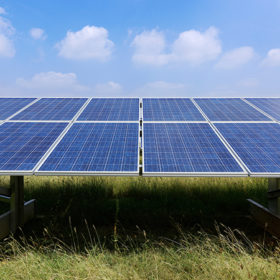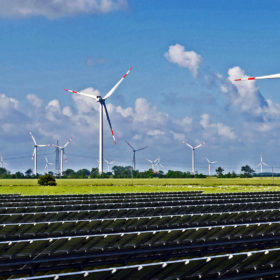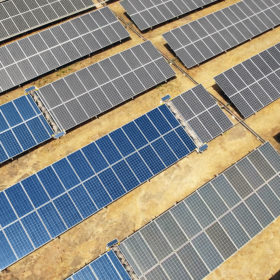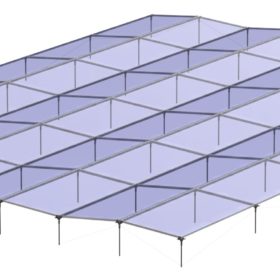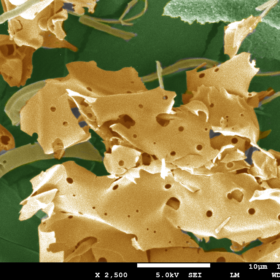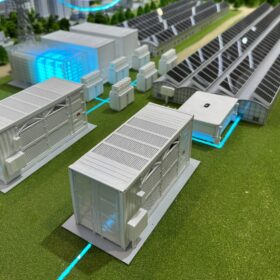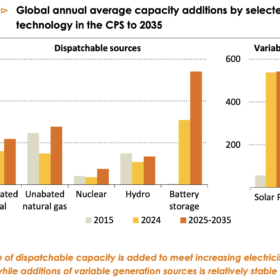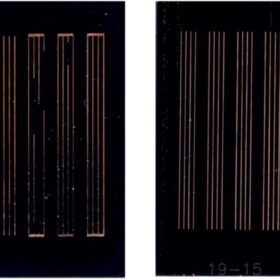Tata Power awarded 150 MW solar project in Maharashtra
Tata Power Renewable Energy Ltd has secured the letter of award to build a 150 MW solar project in the Solapur district. The project was awarded by Maharashtra State Electricity Distribution Corp. Ltd.
PTC India’s call for 1 GW hybrid wind-solar power receives offers for 3.5 GW
The power trading solution provider’s call for expression of interest to supply 1 GW of hybrid wind-solar power received a response from 14 renewable energy developers, including domestic as well as international players.
Key factors when choosing an automated cleaning system for utility scale PV
Automating utility-scale solar facilities is now a standard consideration of independent power producers (IPPs), with robotics representing a relatively small portion of total investment. Despite this, offers from technology suppliers should be thoroughly scrutinized, as wrong choices can pose a significant risk to a power generation asset that is expected to last 25 years or more.
Amazon India partners TVS Motor on EVs for last-mile deliveries
The e-commerce giant will add TVS Motor’s electric two- and three-wheelers to its existing delivery fleet.
State Bank of India signs €150 million solar loan agreement with Germany’s KfW
The State Bank of India (SBI) has signed the agreement with KfW Development Bank for availing a second low-interest loan of €150 million. It will use the amount to finance solar farms with outputs between 50 and 250 MW.
Most new solar panels retain 80% production after 30 years
A five-year Sandia Labs study on solar module degradation shows that 13 out of 23 tested module types have effective lifetimes exceeding 30 years.
GameChange Solar launches mounting system for east-west oriented solar parks
GameChange Solar designed its new fixed-tilt racking system to maximize module density, with a ground coverage ratio of up to 98%. The systems costs $0.039/W in the United States and $0.029/W in other markets, for a typical 105 mph wind load.
Serentica Renewables secures $400 million from US investor KKR
Currently, Serentica Renewables is developing 1.5 GW of solar and wind power projects for energy-intensive industries in India. Over the medium-term, it aims to install 5 GW of clean energy capacity, coupled with different storage technologies. The investment from KKR will support its industrial decarbonization projects.
New anode material could enable EV battery charging within 10 minutes
Researchers from the Indian Institute of Technology, Gandhinagar, and Japan Advanced Institute of Science and Technology (JAIST) have developed a two-dimensional (2D) anode material for lithium batteries by using nanosheets derived from titanium diboride. They found the new anode material leads to a discharge capacity of 174 mA h/g within 10 minutes at a current rate of 1 A/g.
India needs $300 billion to meet 2030 target of 500 GW non-fossil energy capacity
A new report by Arthur D. Little presents an integrated blueprint for India to achieve its true potential in the power sector with a focus on renewables.
